
Understanding the costs involved in producing plush toys is essential for anyone looking to enter this market. At AokumaToy, we specialize in turning creative designs into high-quality plush toys, and we know that navigating production costs can be challenging. In this article, we’ll break down the various factors that influence the cost of plush toy production, providing you with the knowledge needed to budget effectively and make informed decisions.
As a general rule, for a minimum order quantity (MOQ) of 500 units per character at 10 inches in size, the cost per unit usually ranges from USD 5 to 7, excluding delivery costs. This translates to a total production cost range of USD 2,500 to 3,500. For large-scale plush toy production, costs are typically influenced by materials, labor, design complexity, manufacturing scale, and shipping. Understanding these variables is crucial for effective budgeting.
Curious about what drives these costs and how you can manage them effectively? Continue reading as we explore the detailed breakdown of each cost factor involved in plush toy production. We’ll cover everything from material choices and labor expenses to design intricacies and the impact of order size. Additionally, we’ll provide practical tips on how to optimize your production budget without compromising on quality. Whether you’re a startup or an established business, this guide will equip you with the knowledge needed to navigate the plush toy manufacturing landscape efficiently.
Key Factors Influencing Plush Toy Production Costs
Understanding the factors that influence plush toy production costs is crucial for effective budgeting and planning. In this section, we’ll delve into the primary cost drivers and how they impact the overall expense of producing plush toys in bulk.
Materials

The choice of materials significantly affects production costs. High-quality fabrics like organic cotton or specialty textiles increase the cost per unit, while more economical options such as polyester can help reduce expenses. Additionally, the type of filling used—whether it’s standard polyester fiberfill or premium alternatives like memory foam—also plays a role in the overall cost.
Labor
Labor costs vary based on the location of the manufacturing facility. Countries with lower labor costs, such as China or Vietnam, can offer more competitive pricing compared to facilities in Europe or North America. However, it’s essential to balance cost with quality, as skilled labor ensures better craftsmanship and durability of the plush toys.
Design Complexity
The complexity of the plush toy’s design is another critical cost factor. Simple designs with fewer components are cheaper to produce, while intricate designs with detailed embroidery, custom shapes, or additional accessories increase labor and material costs. Custom features such as sound chips or moving parts also add to the complexity and expense.
Manufacturing Scale
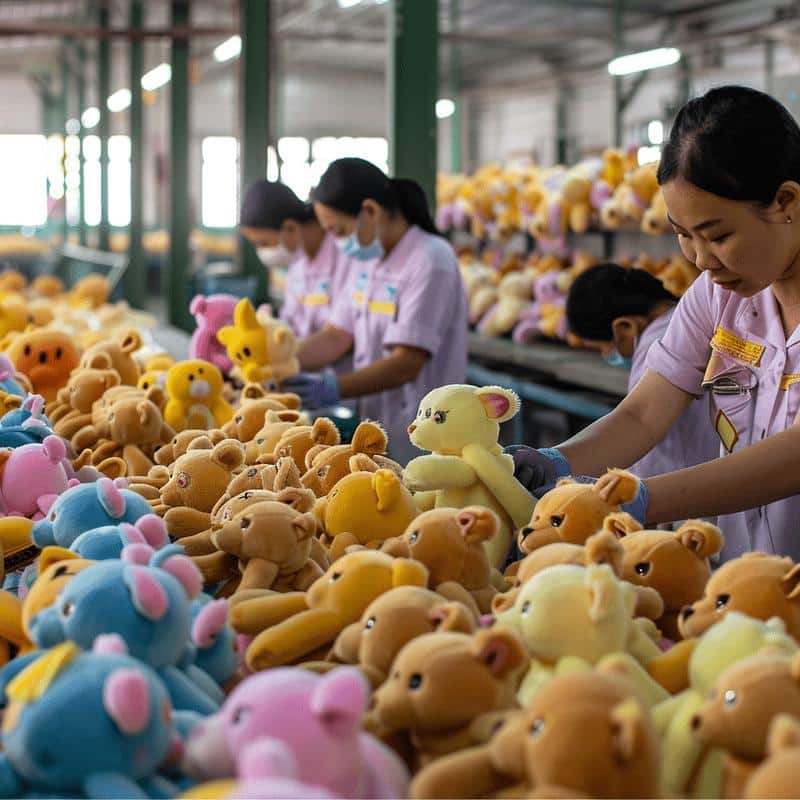
Economies of scale play a significant role in determining the cost per unit. Larger production runs typically reduce the cost per unit due to more efficient use of materials and labor. For instance, producing 500 units might cost between USD 5 to 7 per unit, but increasing the order to 1,000 units can lower the cost per unit significantly.
Shipping and Logistics

Shipping costs are often overlooked but can add a substantial amount to the total production cost. Factors such as the size and weight of the plush toys, shipping distance, and the chosen mode of transport (air vs. sea) all influence the final shipping expense. Additionally, international shipping may involve customs duties and taxes that need to be factored into the budget.
By understanding these key factors, you can better navigate the complexities of plush toy production costs and make informed decisions to optimize your budget.
Why Are Custom Plushies So Expensive?
As a general rule, the customization process demands specialized skills and attention to detail, driving up the overall cost. Custom plushies are expensive due to factors such as high-quality materials, intricate designs, labor-intensive production processes, and lower economies of scale for custom orders.
Producing custom plushies involves several detailed and labor-intensive steps that contribute to their higher cost:
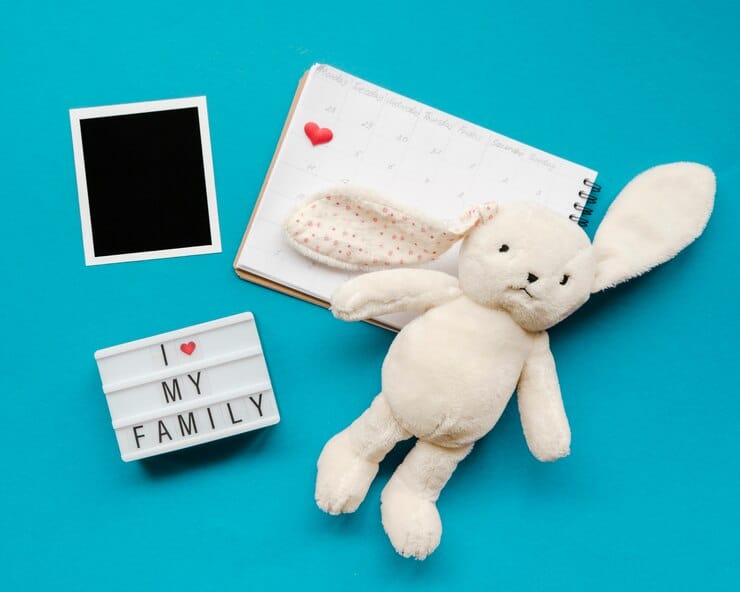
- Detailed Customization: Each custom plush toy requires a unique design and pattern, which involves additional time and expertise. Designers must translate specific customer requirements into detailed specifications, increasing the complexity and cost of production.
- Prototype Development: Creating a prototype for a custom plushie is an essential step that adds to the expense. This process includes multiple iterations and refinements to ensure the final product perfectly matches the customer’s vision, requiring significant time and resources.
- High-Quality Assurance: Custom plush toys undergo rigorous quality control checks to ensure they meet the specified standards. Each piece is meticulously inspected for any defects, ensuring a high-quality final product, but also adding to the labor costs.
- Personalized Features: Custom plushies often include personalized features such as embroidered names, unique color schemes, or custom accessories. These additional elements require specialized skills and materials, contributing to the overall cost.
- Limited Production Runs: Custom orders usually involve smaller production batches compared to mass-produced toys. Smaller runs mean higher per-unit costs because fixed expenses like setup and tooling are distributed across fewer items.
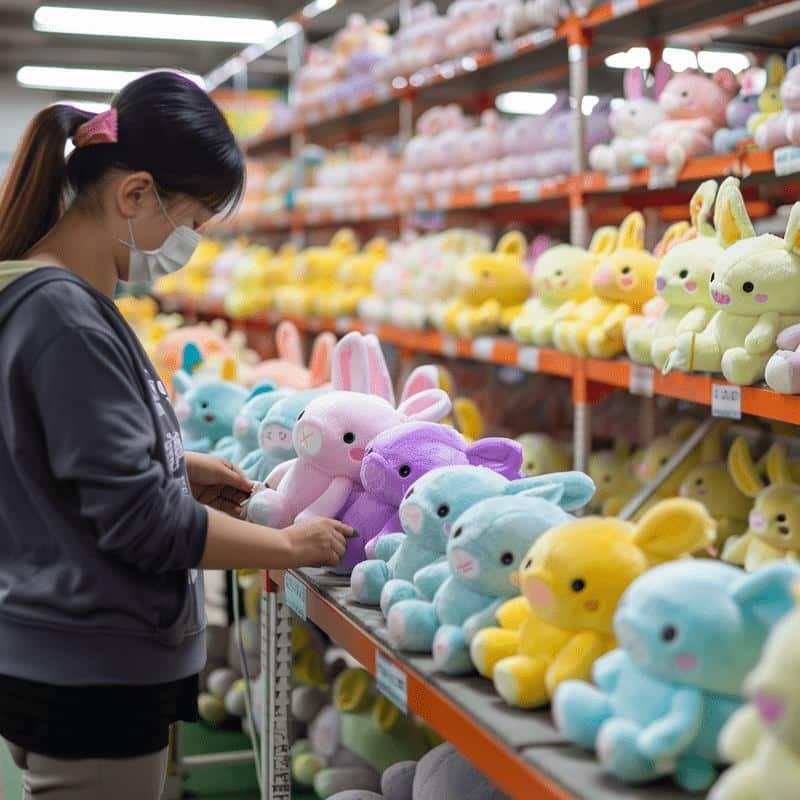
By understanding these unique aspects of custom plush toy production, you can appreciate the detailed craftsmanship and resources involved in creating these special items. This insight is valuable for planning and budgeting for custom plush toy projects.
How Long Does It Take to Make a Plush?

Generally, the entire process can take anywhere from 6 to 12 weeks from initial design and prototyping to final quality checks and delivery. The production time for a plush toy typically ranges from several weeks to several months, influenced by design complexity, order size, and customization needs.
The time required to produce a plush toy can vary significantly based on several factors including design complexity, production scale, and customization needs. Generally, the entire process from initial design to final production can take anywhere from a few weeks to several months.
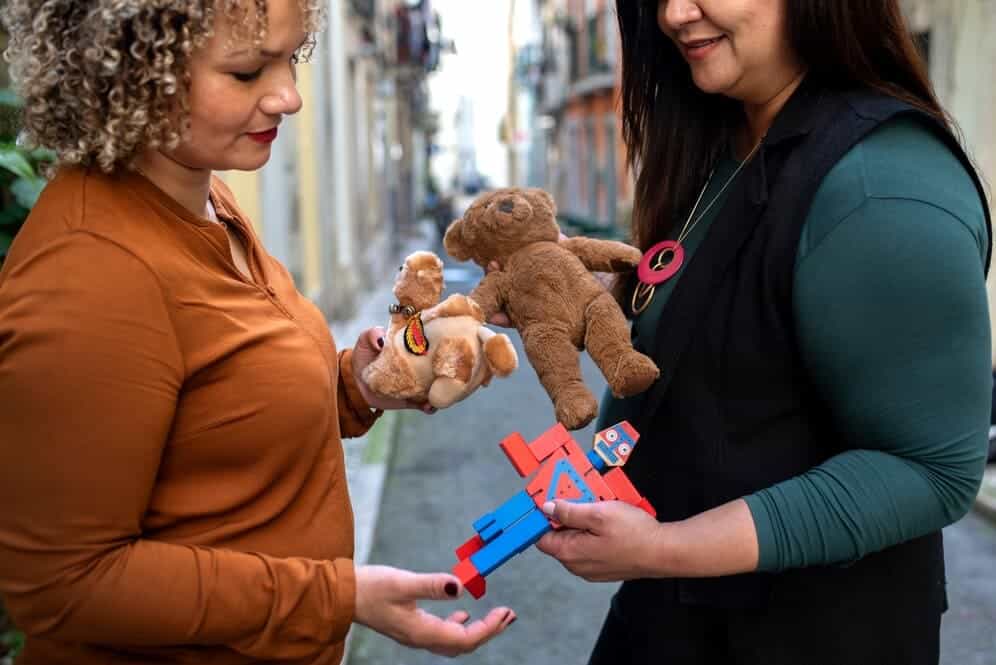
Design and Prototyping: The initial phase, which includes creating and refining the design, typically takes the most time. For a custom plush toy, this stage involves multiple iterations to ensure the design meets the client’s specifications. On average, this can take about 2-4 weeks, depending on the complexity of the design and the responsiveness of feedback.
Material Sourcing: Once the design is finalized, sourcing the appropriate materials is the next step. This process can take an additional 1-2 weeks, particularly if high-quality or specialized materials are required.
Production and Assembly: The actual production and assembly phase depends on the scale of the order. For smaller batches, production might take 3-4 weeks. For larger orders, the timeline can extend to 6-8 weeks or more, as manufacturers need to ensure consistency and quality across all units.
Quality Control and Testing: Quality control is a critical step in the production process, ensuring that each plush toy meets the required standards. This phase can take about 1-2 weeks, where each toy is inspected for defects and overall quality.
Shipping and Delivery: After production, the final step is shipping the plush toys to their destination. Depending on the shipping method (air or sea) and the destination’s distance, this can add another 1-4 weeks to the timeline.
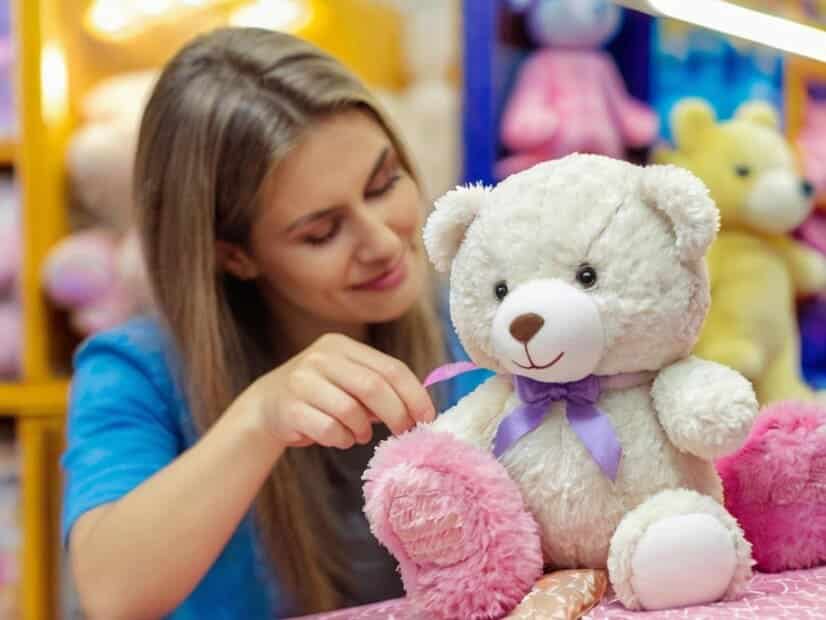
In summary, producing a plush toy involves several stages, each contributing to the overall timeline. From the initial design and prototyping phase to the final quality checks and delivery, understanding these steps can help manage expectations and plan effectively for production schedules.
Understanding the costs and timelines of plush toy production helps simplify the process. Key factors like material choices, design complexity, production scale, and quality control all impact the final cost and delivery time. By considering these elements, you can balance quality and budget, ensuring your custom plush toys are produced successfully and efficiently.

8 Responses
http://administration.electroncash.at
https://bchgang.org/detail/coinbase
What do the people of the world die from? – BBC News https://linkdirectory.at/detail/what-do-the-people-of-the-world-die-from-bbc-news
Satochip on Instagram https://www.instagram.com/satochip/
Projekte – Trefferei https://trefferei.vision/projekte/